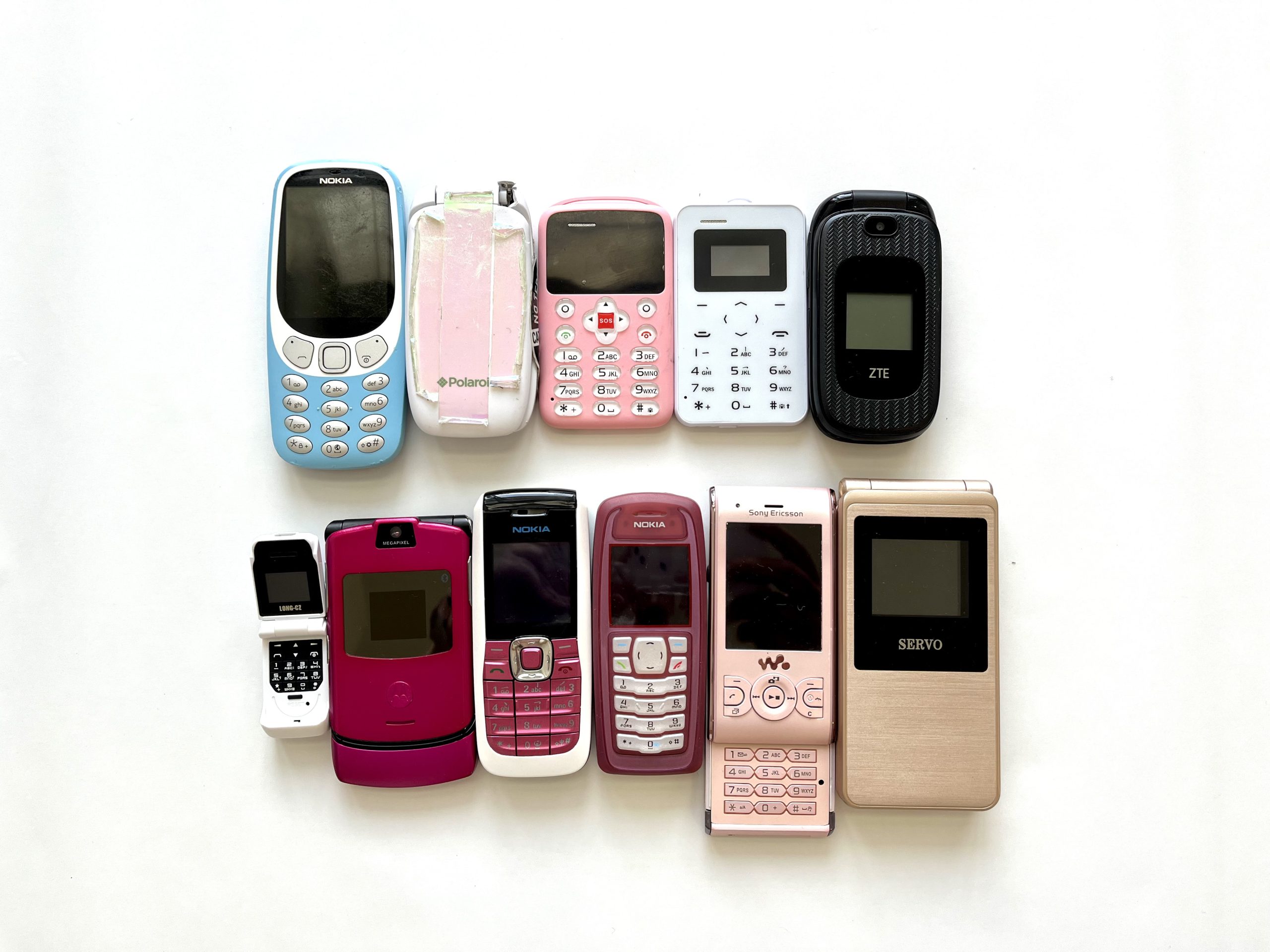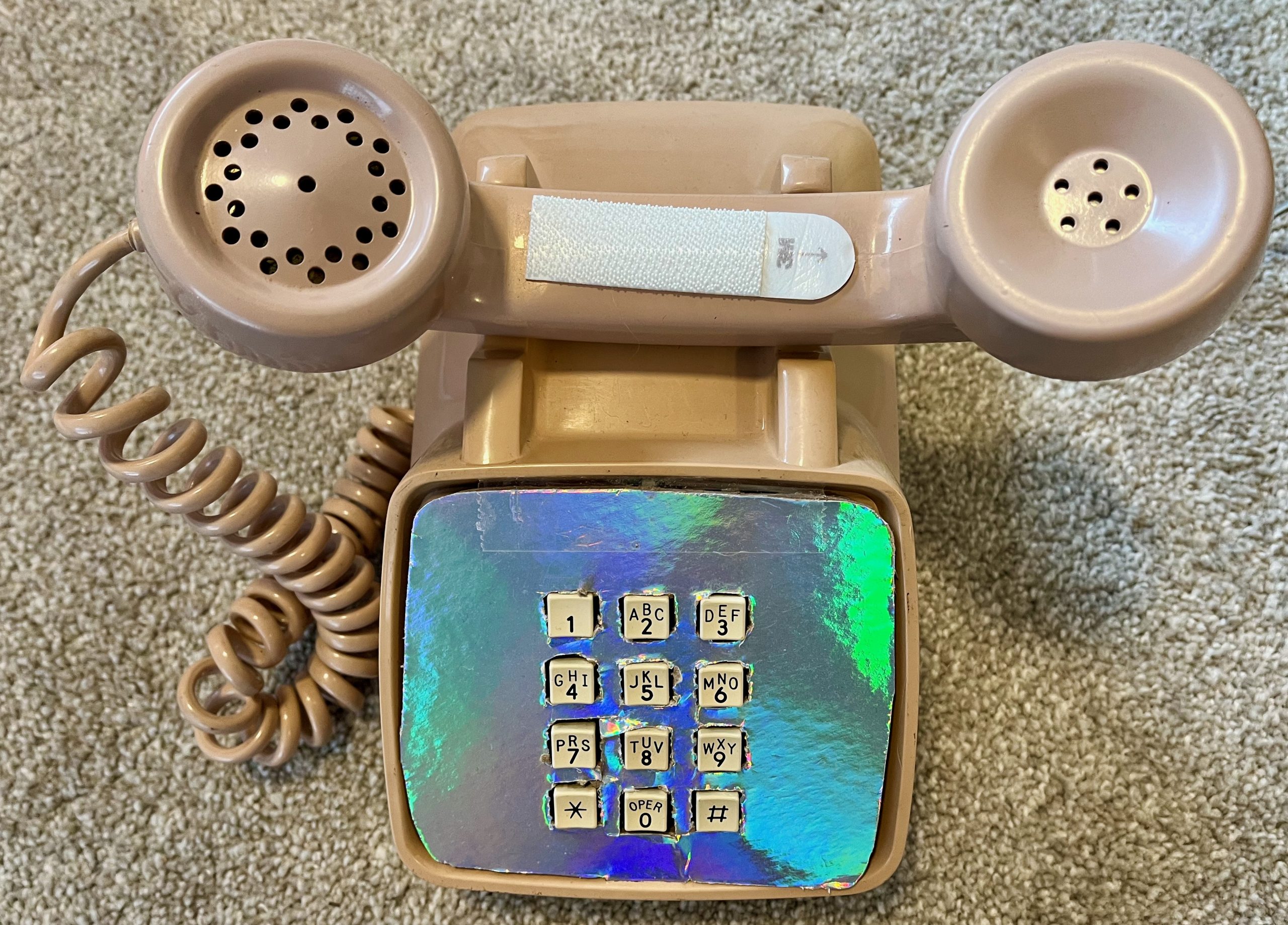
Left to Our Own Devices: 5 Years With a Non-Smart Phone – Part 3 – Return of the Dumb’d Smartphone?
Table of Contents
Introduction
A lot has changed in the past year since I wrote parts 1 & 2 of this series (and posted it 6 months ago). So, for completion’s sake, here’s an update chronicling my changes and the process behind them. I recently read Cal Newport’s Digital Minimalism: Choosing a Focused Life in a Noisy World (and added it as a reading recommendation to the previous parts) which this article is highly inspired by. While Newport takes a look at all optional technology, I’ve remained focused on phone use.
Spoiler alert: After 5 years with a non-smartphone, I broke Amish and decided to use an iPhone as my daily driver phone again.
The 2 Main Things I Learned About This Whole Phone Thing Over The Past Year:
1. There is a subtle, yet distinct slope of diminishing returns for using a non-smartphone
While this could have been obvious for someone else looking in to predict and I can easily spot it now looking back, for the majority of this period, it wasn’t.
After making the switch to a non-smartphone, the base-level benefits were immediately apparent within days, while other benefits increased exponentially over time. Overall, the rewards were worthwhile and outweighed any inconvenience for the majority of this period. (Check out my original top benefits and reasons in part 1, those still stand.) However, some of the benefits waned very slowly over time as a few negatives increased. This was hard to notice at first.
So, how long did it take the slope to reach this point? In my non-scientific, personal experience-based opinion, yeah, about 5 years give or take.
So as the 5th year drew to a close, I felt stuck in-between feeling the limitation strain of my 3G nokia and my hesitation to make the jump to 4G. Especially since the Light Phone has the best functionality but isn’t reliable on Canadian networks yet.
The strain I felt was mainly due to these workarounds that I just couldn’t literally “workaround” much longer:
- I couldn’t trust my nokia enough to text quickly in work situations when I couldn’t access my laptop to email or message on there instead (hopefully this won’t be a real pressure in the future, but as I start work in a new field now, it sure feels real)
- The “friendship tax” I’ve placed on friends trying to make plans or use group chats felt like it had grown over time, especially living in a new city. The utility of being able to plan via texting with people who don’t use other messengers (without inadvertently requiring them to use facebook messenger) is huge
- The ability to receive photos from family via text rather than forcing it to be an email and being in group chats has also grown in priority
These are all somehow linked to things that I (and most people, obviously) value most, connection and community.
This led to a weird in-between period of second-guessing myself, journaling, making sure I hadn’t lost my mind and wondering if I had been somehow subliminally brainwashed by Apple marketing (and that it had worked!).
What helped was realizing where I was on the slope, nearing the end. But, with a higher set point.
2. Even once the slope started to reach potentially negative returns and I went back to an iPhone, I was left with a higher “set point”
I still garner some of the benefits of making the switch in the first place so now the task has been maintaining them, while minimizing the smartphone negatives to also retain the positives. It’s far from a perfect balance, but I shoot for net positive overall.
Nearing the end with my Nokia, what I was clinging to and loved the most about having a non-smartphone was the sense of autonomy it had become a symbol of. I felt a general “fuck ya!” whenever I thought about the decision.
It wasn’t quite pride, always ego or purely moral righteousness, but an inspired feeling of autonomy and satisfaction that I think comes with any challenging decision made with intention. Someone interviewed for Newport’s book described it as a “smugness” they felt, which as much as I don’t like to admit it, I could sometimes relate to. After recognizing that and weighing my current day’s pros and cons, letting go became the next natural step.
Could I have continued without a smartphone for the rest of my life though? Absolutely. But the truth is, now I know I don’t have to and can still reap similar benefits. And this isn’t even a denial-based “I’ve changed forever, my habits could never again return to how they were before!” claim because that’s not true. Screen-based technology is still specifically engineered to hook my attention, and keep it, day in, and day out. Regardless of my mental fortitude or my daily motivation intake. Although some of us are more susceptible than others (probably millennials who grew up with the internet), I still think that truth still stands across all smartphone users.
Once I realized I was moving on (at least for now), I started my decision-making process over again from first principles. I knew I was ready when I no longer felt attached to a certain outcome (which device I’d use, how I’d feel about that device, or how the process would look) but instead focused on the core values behind it: connection and community.
In the past 6 months since the switch back, I’ve been trying new strategies which I’ll share in the rest of this post.
Enter My iPhone Era Of Digital Minimalism
Step 1: Digital Declutter
Newport suggests a 30-day “digital declutter”. While I think anyone interested would still benefit from this, as someone who’s had internet access since they were 6 (without too many regrets, learning basic HTML and CSS as a young child to boost my neopets marketplace store sales has continued to be a useful skill today), that wouldn’t have been long enough for a deep impression on my life and brain. So, in my approximation, my “digital declutter” was that 5ish year period I spent reflecting on all my technology use, starting with my phone.
Step 2: Technology Screening Questions
I reflected on Newport’s Minimalist Technology Screen which sets out that to allow an optional technology back into your life at the end of the digital declutter, it must:
1. Serve something you deeply value (offering some benefit is not enough).
2. Be the best way to use technology to serve this value (if it’s not, replace it with something better).
3. Have a role in your life that is constrained by a standard operating procedure that specifies when and how you use it.
Once the iPhone passed, I started putting together my standard operating procedure for it.
Step 3: Standard Operating Procedure
Here are my journaling prompts for this process:
1. Which specific purposes do I use this for? What is this not for?
2. When in the day do I use this? When do I not?
3. How do I customize this device to best serve my needs?
4. What are red flags to me while using this device?
5. When I notice these red flags, how can I further limit its use when needed?
6. Where does this device live in my home? Where’s off limits?
My Standard Operating Procedure: iPhone Edition
This is a work in progress and is more detailed in full, but here’s just the gist of it.

Where my iPhone is meant to live when not in use
What?
iPhone 13 mini
Why?
Passed screen on assisting with values of community and connection
Why specifically this device?
Decided to purchase it new to use until it’s unusable and it’s the smallest one I could buy. Rather than purchasing an older model and needing to eventually replace it due to battery life
What is it used for? All messaging and calling, googling things if I have to, and directions
What is it not used for?
Email (blocked by a free app and the password to change it is in my email), music (still listening to CDs in the van, iPod and shokz headphones), to check social media (all blocked with the same app), primary photo device (still shooting film and using digital camera)
Where does it live in my home?
I have a rotary phone that it is velcro’d to at home when not in use to remember what it even is (and for an excuse to own one of those!)
When do I use it? And how?
My optimal schedule is checking it at each meal
Customization notes: I used this guide to streamline accessing the apps available to me and minimize how my phone looks to reduce distraction and attractiveness
Looking Forward
As my work and personal life continue to change, I imagine my next step will be relegating this iPhone to my work life and picking up a Light Phone for personal use (and hopefully Canadian connectivity will be sorted by then!). Until then, I’ll continue to track how this process evolves and document it along the way.
Have you read Newport’s Digital Minimalism? What did you think of it? Leave me a comment below!


Leave a comment